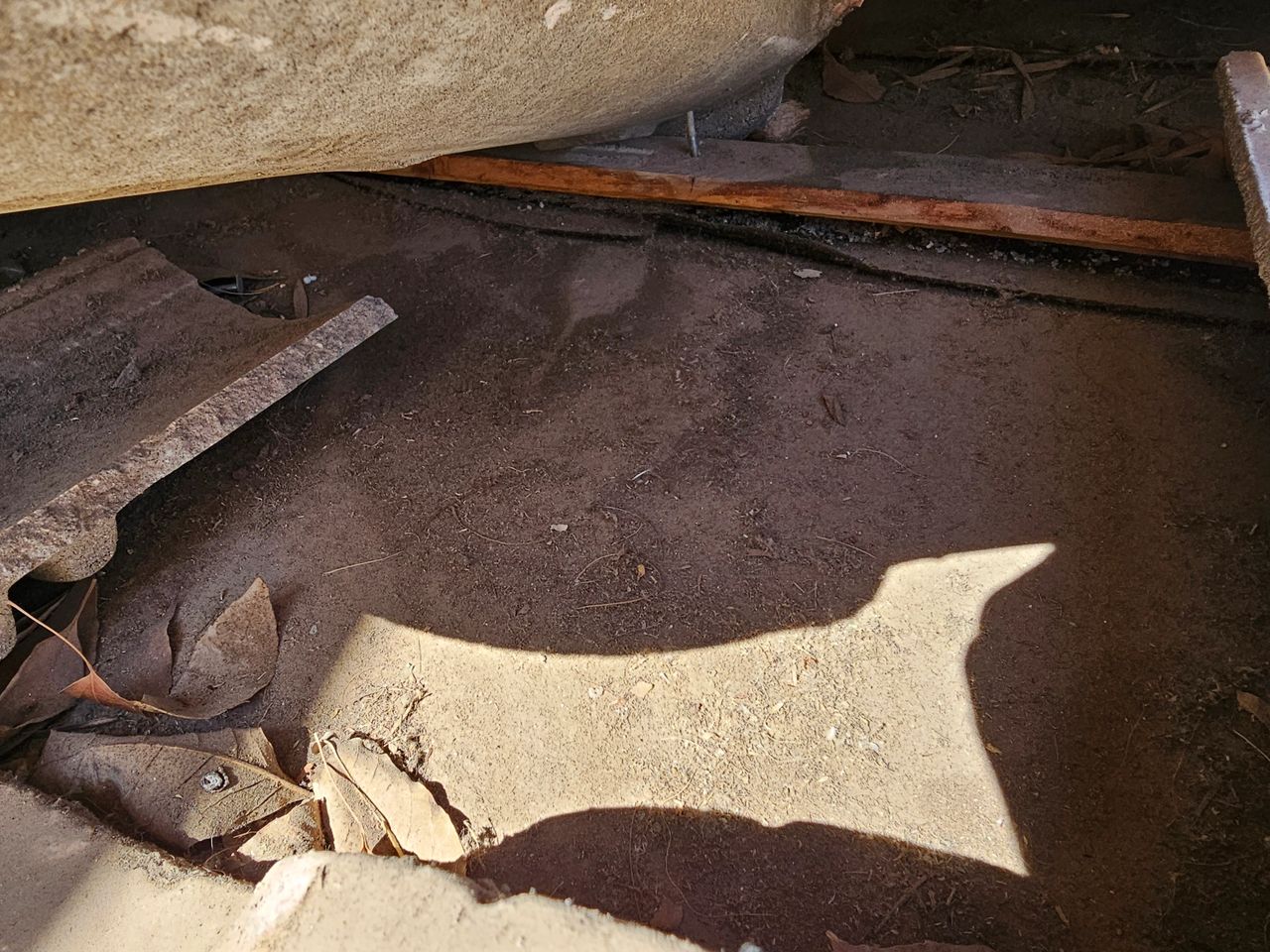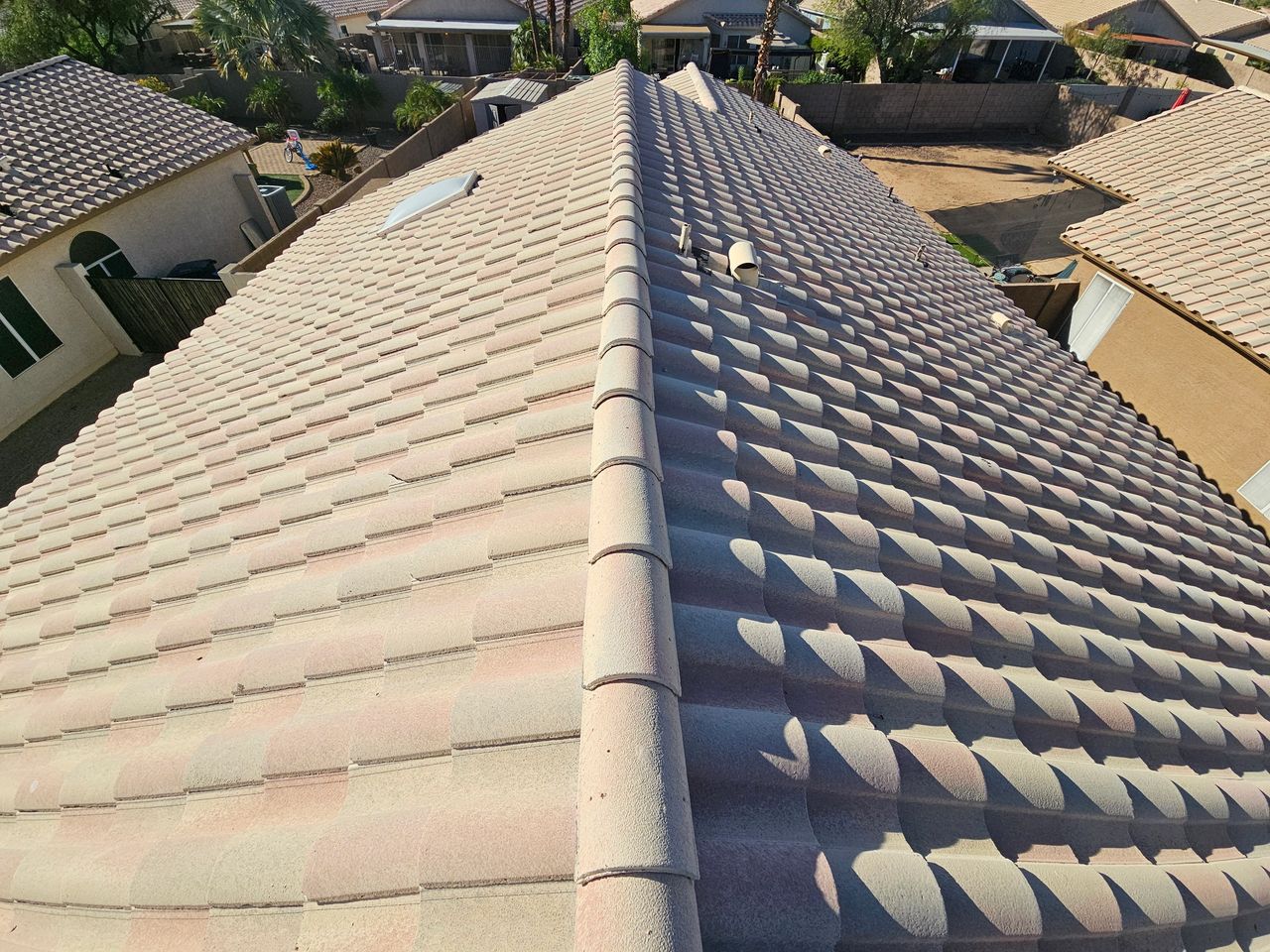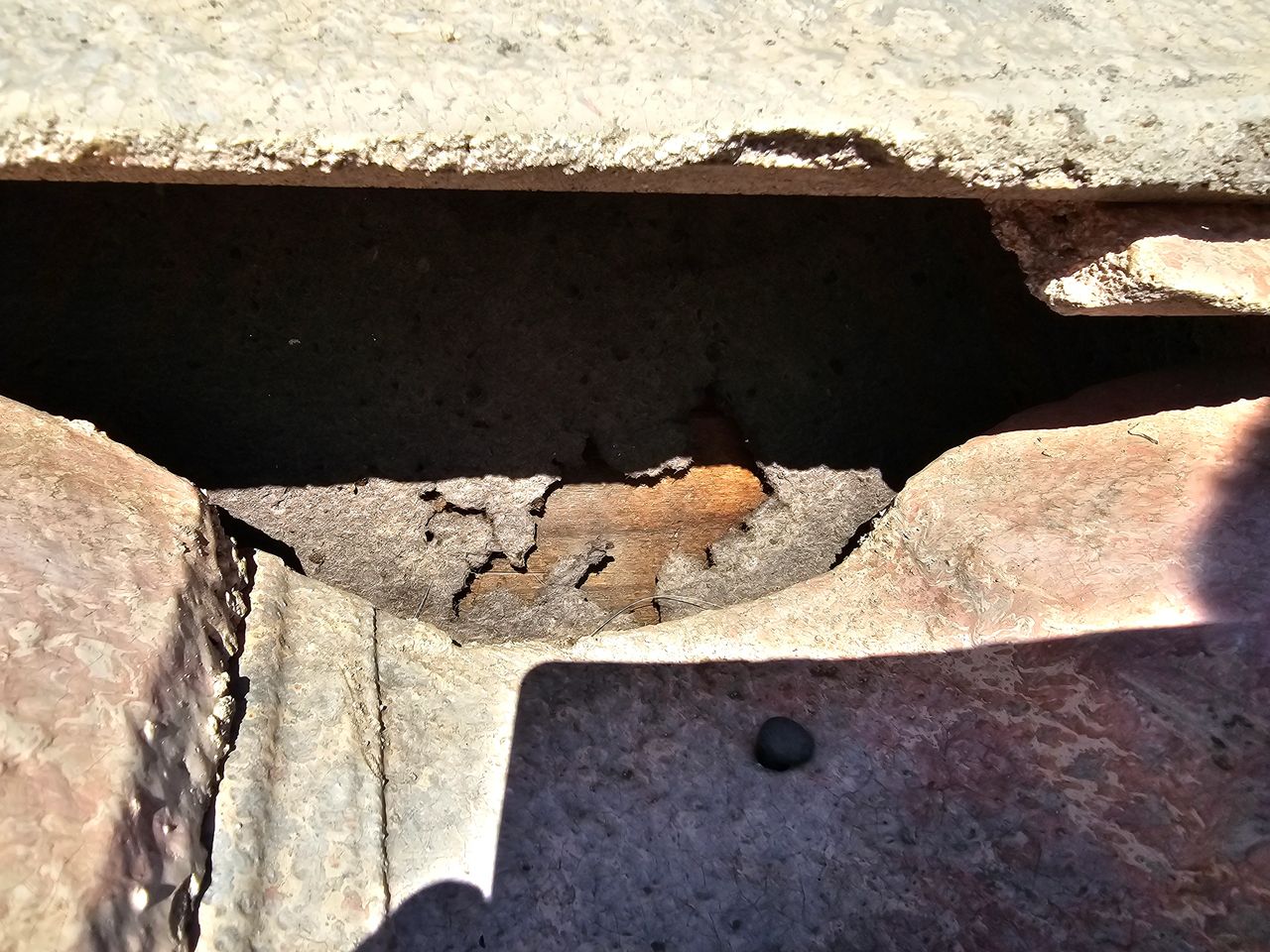
When buying a home, one of the most significant—and often overlooked—components is the roof. What exactly is concrete tile roof lifespan? A roof doesn’t just protect you from the elements; it also affects your home’s energy efficiency, insurance rates, and long-term maintenance costs. One of the most durable and popular roofing systems in many parts of the United States is the concrete tile roof with felt paper underlayment.
1. What Is a Concrete Tile Roof?
A concrete tile roof is exactly what it sounds like—a roof made of individual tiles formed from a mixture of cement, sand, and water. These tiles are molded under high pressure and heat, then cured and sometimes coated with paints or glazes to achieve a desired color or finish.
Concrete tiles come in several styles, including:
Flat (resembling slate or wood shakes)
Low-profile S (a gentle wave)
High-profile S (more pronounced curves, often Spanish-style)
They’re known for their durability, fire resistance, and aesthetic appeal, especially in warmer, Mediterranean or Southwestern architectural styles.

2. What Is Felt Paper Underlayment?
The underlayment is the hidden, unsung hero of your roofing system. Felt paper, also called roofing felt or tar paper, is a type of underlayment made from:
A base of natural or synthetic fibers
Saturated in asphalt to create water resistance
Typically, felt comes in two weights:
#15 felt (lighter, typically used on steeper pitches)
#30 felt (heavier and more durable, more common under tile roofs)
While concrete tiles are incredibly strong, they are not waterproof. The felt underlayment provides the waterproofing barrier, protecting your home from leaks when wind-driven rain or melting snow gets underneath the tiles.
3. How Long Will a Concrete Tile Roof Last?
Tile Lifespan
Concrete tiles can last 50 to 100 years or more. In fact, they often outlast the house they sit on. However, they can crack or break due to heavy impact (like falling branches or foot traffic), though replacement is relatively easy.
Underlayment Lifespan
The felt underlayment, however, is usually the limiting factor. Standard asphalt-saturated felt typically lasts 20 to 30 years under concrete tiles, depending on climate and installation quality. In hot, arid regions like Arizona or California, the felt can degrade faster due to heat and UV exposure if not properly covered.
Pro Tip: Always ask when the underlayment was last replaced—not just the visible tiles!
4. Pros and Cons of Concrete Tile Roofs with Felt Underlayment
Pros
✅ Extremely long-lasting tiles
✅ Fire-resistant and pest-resistant
✅ Energy-efficient (good thermal mass)
✅ Variety of styles and colors
✅ Sustainable and recyclable
Cons
❌ Heavy – requires proper roof framing (may not be suitable for all homes)
❌ Underlayment lifespan is shorter than tiles
❌ Cracks can occur from impact
❌ More expensive upfront than asphalt shingles
5. Maintenance Requirements
To maximize your concrete tile roof’s life, consider the following maintenance tips:
Inspect annually for cracked, broken, or slipped tiles
Clean gutters and valleys to prevent water backup
Trim overhanging trees to avoid tile damage
Avoid walking on tiles if possible; use walk pads or call a professional
Check flashing and penetrations (chimneys, vents) for deterioration
A good roof inspection every 2–3 years by a licensed roofer can catch issues early.

6. Common Issues and How to Spot Them
Cracked or Broken Tiles
Look for visibly shifted or fractured tiles from ground level or with drone inspections.
Underlayment Deterioration
This is harder to see without lifting tiles. Signs include:
Interior leaks during rain
Water stains on attic rafters
Unusual mold or mildew smell
Poor Installation
Improper nailing, skipped flashing, or poorly lapped felt can all lead to premature failure.
7. Cost and Value Considerations
Installation Cost
Concrete tile roofs can cost $10–$20 per square foot installed, depending on tile style and roof complexity. That’s 2–3x the cost of asphalt shingles, but the extended lifespan can make up for it.
Repair and Replacement Costs
Tile repairs: $300–$600 for minor cracks or broken pieces
Underlayment replacement: $5,000–$15,000+ depending on home size
Full re-roof: May only require underlayment and tile reinstallation (not new tiles)
Added Value
Concrete tile roofs can boost home resale value due to durability and aesthetics, especially in upscale markets.

8. Final Thoughts for Homebuyers
If you’re considering buying a home with a concrete tile roof:
✅ Get the roof inspected by a licensed roofing contractor if recommended by a home inspector
✅ Ask about age of the underlayment
✅ Get documentation on any roof repairs or replacements
✅ Be aware that insurance premiums may be lower due to the roof’s fire resistance
Concrete tile roofs with felt underlayment are premium, durable, and attractive, but the key is regular maintenance and underlayment awareness.
About the Author
 Hi, I’m Home Inspector Dan — owner of Property Inspections Plus and a Certified Master Inspector based in Gilbert, Arizona. With years of experience inspecting homes across the Valley, I specialize in helping buyers, sellers, and investors make informed decisions with confidence. Whether you’re purchasing your first home or evaluating an investment property, I provide thorough, honest, and easy-to-understand inspections — including sewer camera scans, mold inspections, infrared imaging, and termite inspections.
Hi, I’m Home Inspector Dan — owner of Property Inspections Plus and a Certified Master Inspector based in Gilbert, Arizona. With years of experience inspecting homes across the Valley, I specialize in helping buyers, sellers, and investors make informed decisions with confidence. Whether you’re purchasing your first home or evaluating an investment property, I provide thorough, honest, and easy-to-understand inspections — including sewer camera scans, mold inspections, infrared imaging, and termite inspections.
📍 Serving Gilbert, Chandler, Mesa, Tempe, and the greater Phoenix area
📞 Call or Text: (623) 399-0079
📧 Email: homeinspectordanaz@gmail.com
🌐 Website: www.propertyinspectionsplus.com
Let me know how I can help you. You deserve peace of mind when buying a home — and I’m here to deliver it.

 Hi, I’m Home Inspector Dan — owner of Property Inspections Plus and a
Hi, I’m Home Inspector Dan — owner of Property Inspections Plus and a 



